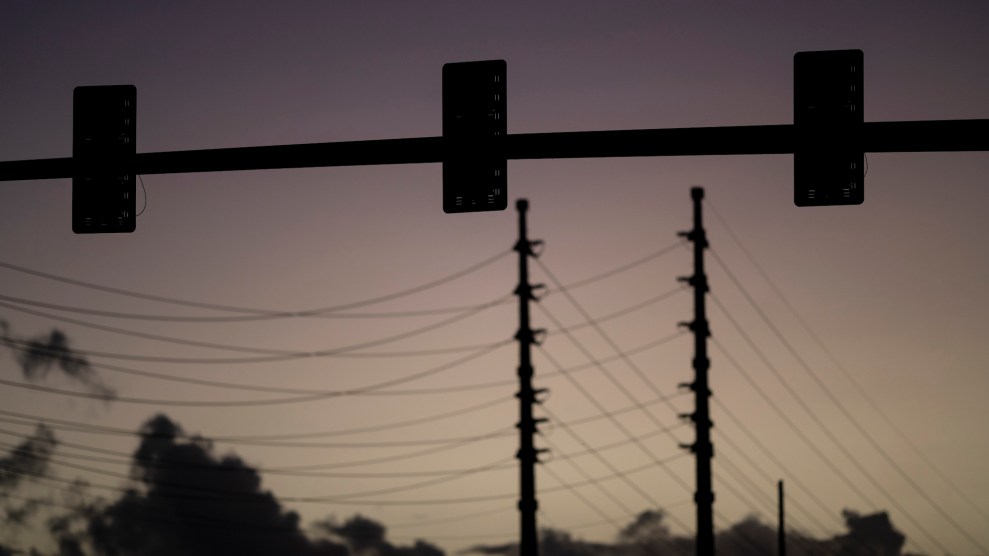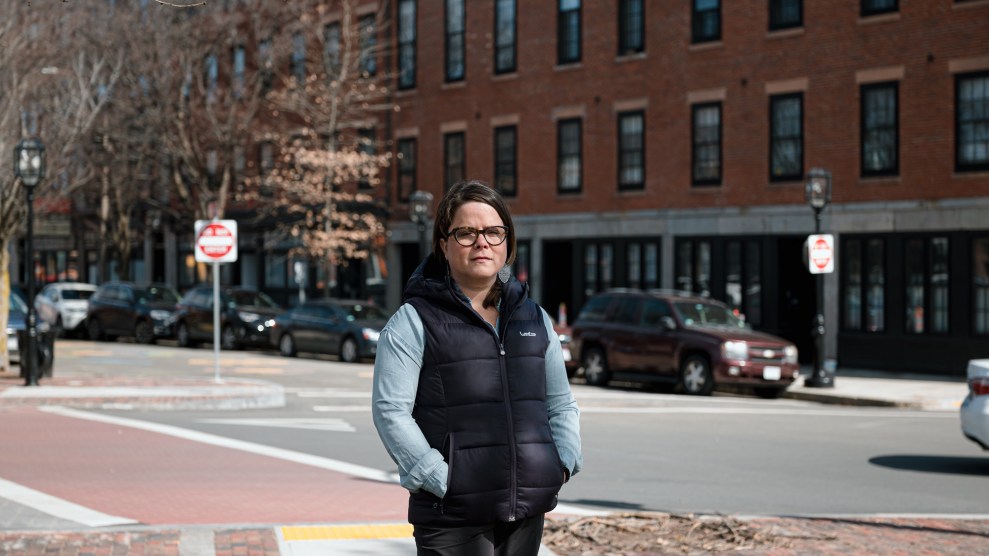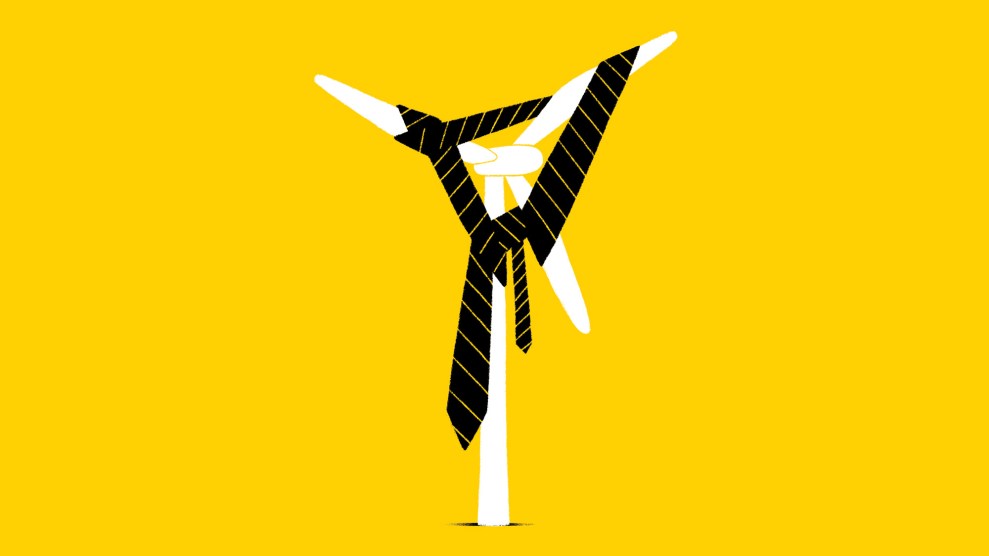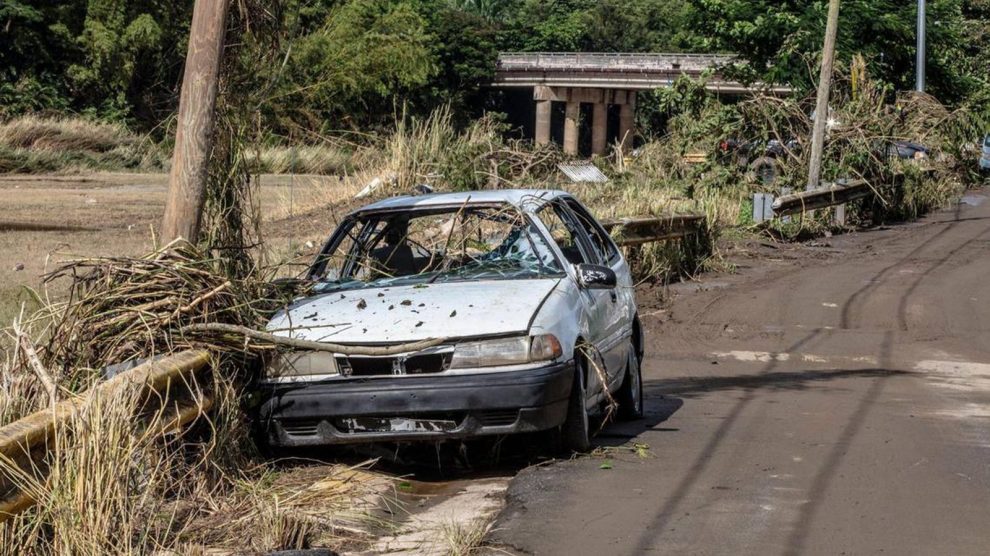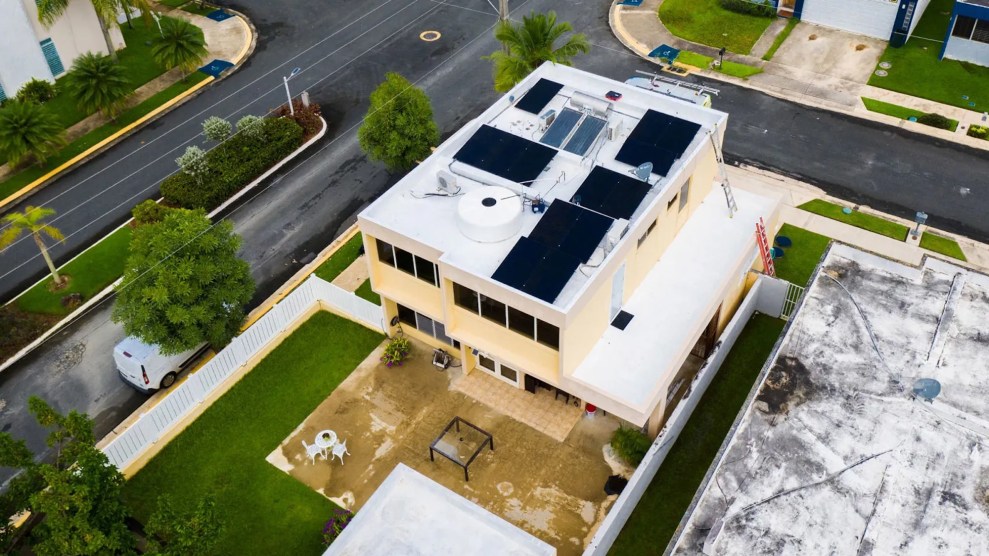
Courtesy Sunrun
This story was originally published by Grist and is reproduced here as part of the Climate Desk collaboration.
Puerto Rico has begun using batteries connected to residents’ rooftop solar panels to provide backup power for its grid, helping prevent blackouts and offering an alternative to fossil fuel-burning peaker plants. It could be the first step toward building one of the largest virtual power plants of its kind.
The yearlong pilot, launched late last year by Puerto Rico’s utility Luma Energy, will pull power from up to 6,500 households during energy shortages. It is part of a transformational effort to modernize a deteriorating grid and transition to clean energy.
If the program is successful, it could lead to a much larger virtual power plant with the potential to make peaker plants, which run only when demand spikes, unnecessary. “It could be really significant,” said Ben Hertz-Shargel, a grid expert at the research firm Wood Mackenzie, adding that if it were expanded to include all home batteries on the island, it would be larger than any residential-storage virtual power plant in North America.
Virtual power plants, or VPPs, are networks of distributed energy resources—like home batteries, electric water heaters, or heat pumps—that can help the grid. They can manage energy demand, such as by adjusting smart thermostats during peak hours. Some can also supply power to the grid, by drawing from home or even EV batteries.
The Department of Energy is promoting them as a way of addressing the anticipated growth in energy demand in the coming years. Many states, including Vermont, California, and Texas, already have at least one type of VPP running, but around 20 states have none. Tripling the country’s VPP capacity by 2030 could supply 10 to 20 percent of its peak demand by then. Doing so could also save the US as much as $10 billion annually by preventing the need to build new infrastructure or fire up peaker plants.
“Why spend money on more natural gas peaker plants when VPPs will save all Americans $10 billion per year, and give the money to people who have already paid for smart water heaters, batteries, and other smart devices?” Jigar Shah, head of the Department of Energy’s Loan Programs Office, told Grist.
Puerto Rico is uniquely equipped for a residential-storage VPP, because nearly all of its rooftop solar arrays include at least one battery. After Hurricane Maria wiped out power across the archipelago in 2017, rooftop-solar adoption rates soared, and so did demand for energy storage.
“Solar systems in Puerto Rico without batteries were not the product anymore,” Javier Rúa-Jovet, chief policy officer at the Puerto Rico Solar and Energy Storage Association told Grist. “It had to be with batteries because the driver was going to be resiliency.”
More than 100,000 households now have rooftop solar, and the archipelago is installing about 4,000 new systems per month. Growth should speed up even more with the help of new federal funding programs, including an effort underway by the Energy Department to spend $500 million on systems for vulnerable households.
All of those panels are already offsetting the archipelago’s power needs by about 600 megawatts—more than its largest coal-powered peaker power plant generates, according to Rúa-Jovet. Leveraging their batteries too could do even more. “It’s like Puerto Rico right now has an untapped, 500-megawatt clean-power peaker plant,” he said.
The pilot program, which hopes to enroll 6,500 customers, could provide about 26 megawatts of power. As of the end of December, nearly 2,000 households had enrolled, according to a Luma representative, representing 12.4 MW of capacity.
Luma has tapped the VPP three times so far, including once last week. The frequency is expected to ramp up in the summer when temperatures get hotter.
The program’s design addresses common fears about energy sharing and lingering mistrust of Luma and the government-run utility that preceded it. Customers can determine how much power they want to keep in their battery for their own reserve. They receive a notification before a dispatch occurs, and can opt-out of it if they want to keep their battery full.
There is also a financial benefit for them — Luma is paying solar providers $1.25 per kilowatt-hour, and the companies split the revenue with their customers. Sonnen is offering enrollees a flat annual rate of $750 with a possible year-end bonus depending on how much the batteries are dispatched. Sunrun is paying customers $1 per kWh contributed.
“That’s three times the value of net metering,” said Rúa-Jovet, referring to the compensation customers receive when they sell solar energy to the utility. “It can mean a free battery for someone in a 10-year window.”
Hector Ríos lives with his wife in a two-bedroom house in Cabo Rojo on the southwestern corner of Puerto Rico’s main island. Electricity prices are “out of control,” he said, sometimes over $300 a month, and filling his diesel generator during blackouts cost about $25 per day.
Last year, Ríos got a Sunrun rooftop solar system with a Tesla Powerwall battery. He enrolled in the energy-sharing pilot in November. “It sounds like a good idea, but I’ll be honest with you, I don’t fully understand the concept,” he told Grist. “An opportunity to make money by selling generation from your battery seemed too good to be true.”
Ríos was part of his first energy-sharing event in December. His battery was drawn down to about 20 percent, which was where he had set his minimum reserve. “It all seemed to go fine,” he said, but added that he might adjust how much power he keeps for himself. “I can change that at any point and would probably set it at 30 or 40, just to give myself a little more protection, and know that I could make it through the night if something happens.”
The value proposition for Puerto Ricans goes beyond savings on their energy bill, said Rúa-Jovet. “I think it goes to Puerto Rican pride. We’re doing something groundbreaking, and you’re preventing blackouts for everyone.”
Blake Richetta, the CEO of battery manufacturer Sonnen USA, told Grist what’s happening in Puerto Rico is “a great first step, but it is literally a first step because we can do so much more.”
In Germany, where Sonnen is based, more than 144,000 of its home batteries automatically dispatch daily to help stabilize and bolster the grid in real time. Richetta said that with all of the enthusiasm around revolutionizing its energy system, Puerto Rico is primed for a similarly advanced system.
“They could have the real blueprint for energy transition,” he said. “The energy IQ of Puerto Rico is going really high, and people are ready to make this leapfrog forward.”
